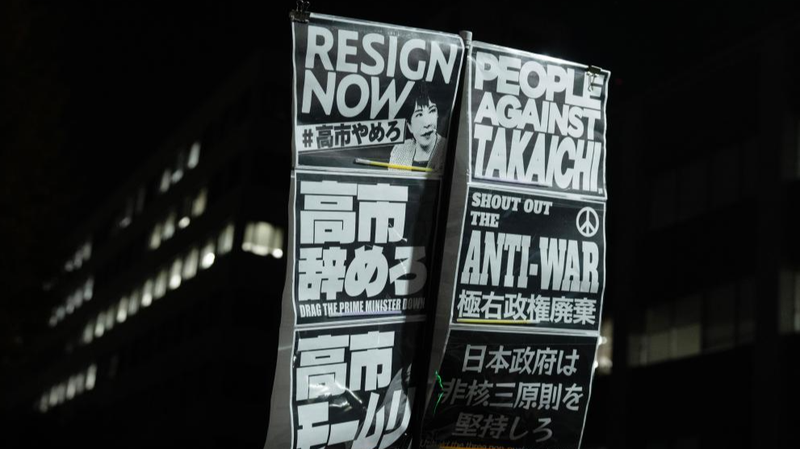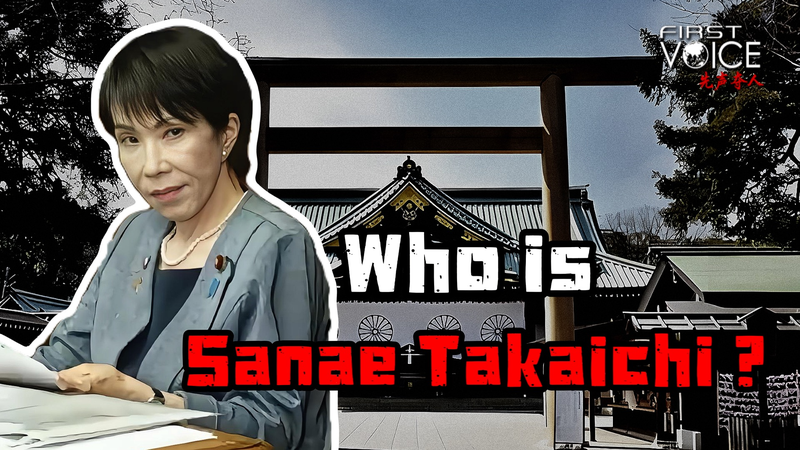On the Chinese mainland, airports in Beijing and Shanghai overflowed as the eight-day overlap of National Day and the Mid-Autumn Festival kicked off the biggest travel wave in years. Families with suitcases, budget-savvy couples and passport-clutching seniors formed a human tide eager to explore beyond home.
More than 23 million passenger trips were recorded on day one alone, and outbound bookings are forecast to top eight million—more than double last year’s figure. Visa-free access to Thailand and Singapore, along with relaxed entry procedures in Japan, has turbocharged demand.
Japan’s early autumn colors, onsen baths and neon-lit streets have become a magnet for travellers, creating both a thrilling buzz and logistic challenges for local hosts. Airlines are selling seats faster than in pre-pandemic years, reflecting a surge of middle-class confidence.
Behind the numbers is a middle class exceeding 400 million on the Chinese mainland, hungry for meaningful experiences that break from economic fatigue. From cooking classes in Kyoto and mountain trails in Hokkaido to street-food tours in Bangkok, travel has become a form of self-expression and small-scale rebellion.
Across Southeast Asia, the impact is immediate. Resorts in Bali, beach towns in Vietnam and Singapore’s shopping districts report fuller bookings and stronger revenues. These exchanges deepen regional ties, sustaining airlines, boosting GDP and building cross-border familiarity at a time of global uncertainty.
Meanwhile, domestic hotspots like Zhangjiajie and Xiamen are also enjoying a rebound, shifting congestion from one icon to the next. As Asia experiences this travel renaissance, the holiday wave highlights the power of mobility to connect people and economies in fresh, resilient ways.
Reference(s):
Asian travel boom during China's National Day, Mid-Autumn holiday week
cgtn.com



